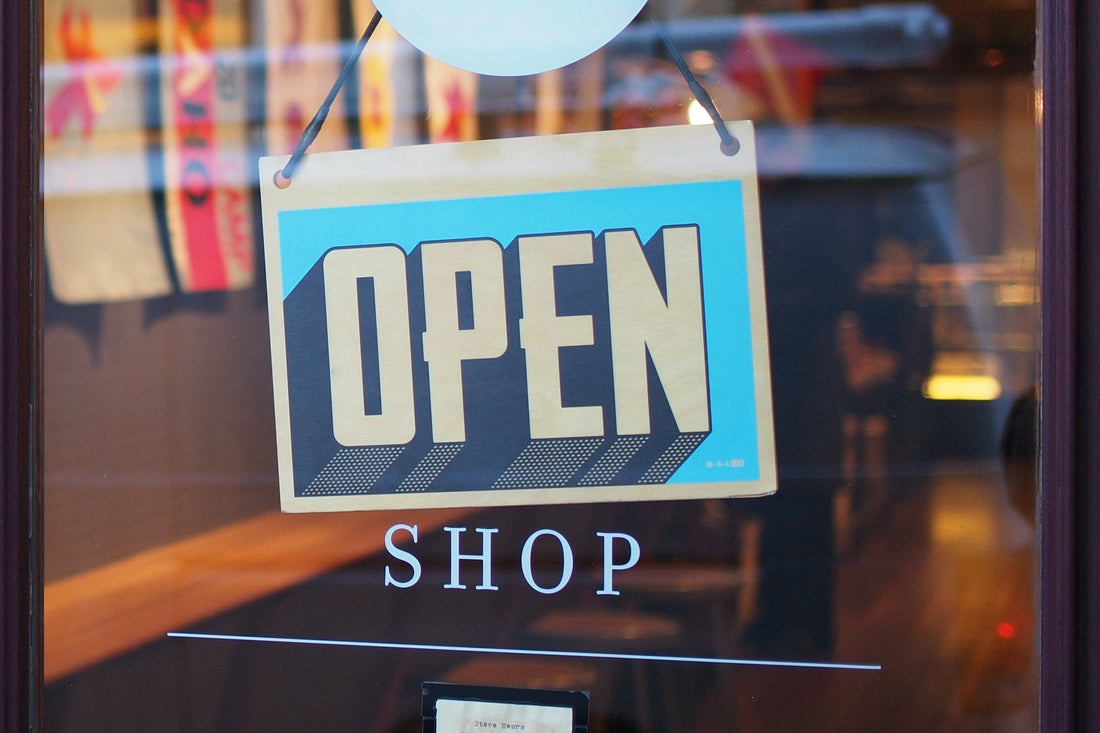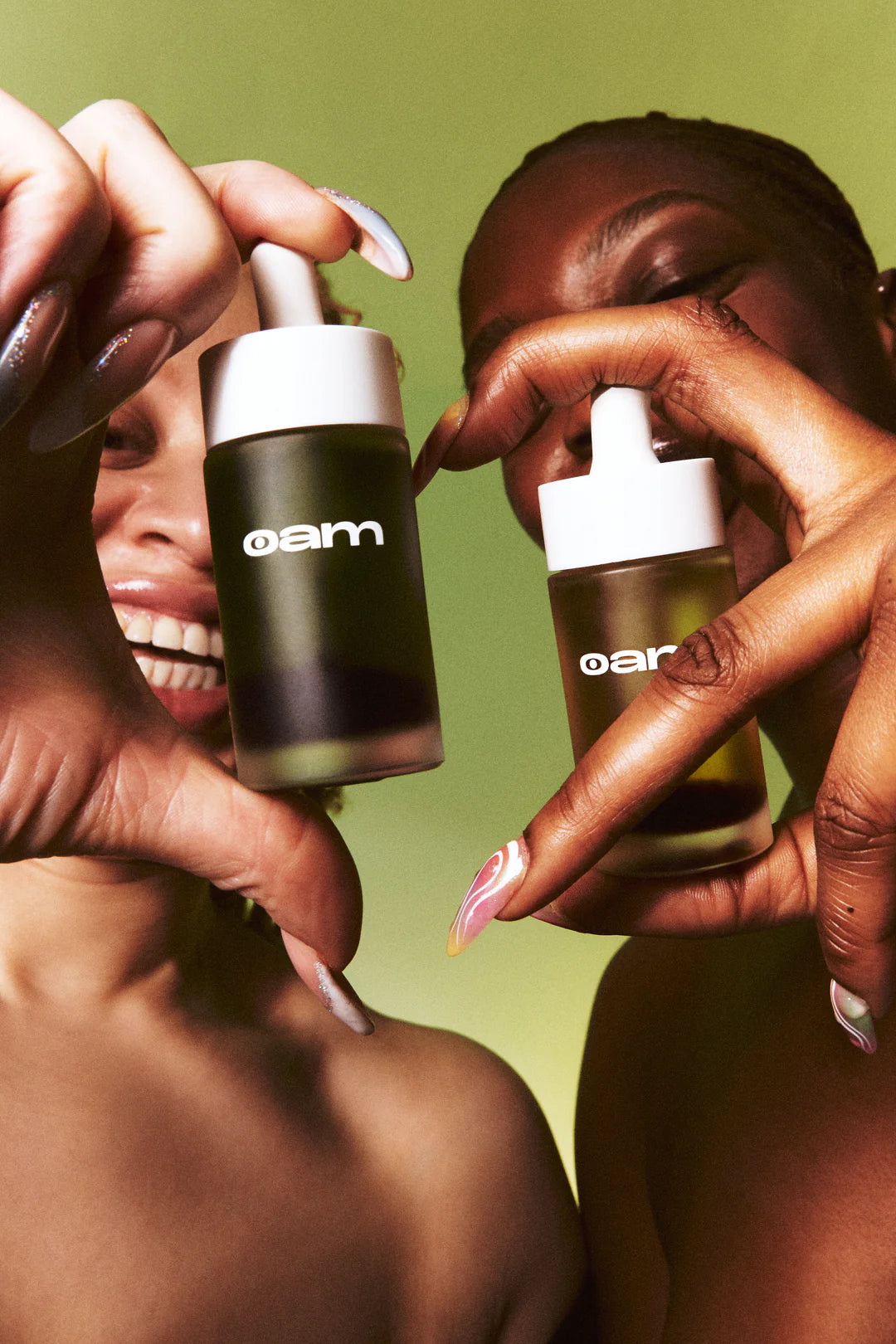
Shopify Trends 2025: What Premium Brands Need to Know
The landscape of premium e-commerce is evolving faster than ever, and if you're running a premium brand on Shopify, you're probably feeling the pressure to stay ahead. We get it. Between managing inventory, perfecting your brand experience, and keeping up with the latest platform features, it's easy to feel like you're always playing catch-up.
But here's the thing: the most successful premium brands aren't just reacting to changes—they're anticipating them. They're understanding where Shopify is heading, what their high-end customers actually want, and how to create experiences that justify premium price points in an increasingly competitive digital marketplace.
Let's cut through the noise and talk about what's really moving the needle for premium brands on Shopify in 2025.
The Premium E-commerce Landscape Has Fundamentally Shifted
Remember when having a beautiful Shopify store was enough to stand out? Those days are gone. Today's premium consumers expect the same level of sophistication online that they get when they walk into your flagship store in Paris or New York. They want seamless experiences, personalized service, and the confidence that comes from buying from a brand that truly understands them.
What we're seeing across premium Shopify stores is a move away from template-based thinking and toward truly custom experiences. This isn't about having the fanciest animations or the most complex checkout flow—it's about understanding your customer journey at a granular level and removing friction at every step.
The brands winning right now are those investing in Shopify Plus, not just for the features, but for the flexibility it provides. They're leveraging headless commerce architectures, building custom storefronts, and creating experiences that feel less like "shopping online" and more like interacting with a premium brand that happens to have a digital presence.
Personalization Has Become Non-Negotiable
Here's a trend that's not going anywhere: hyper-personalization. But we're not talking about adding someone's first name to an email anymore. Premium Shopify brands are using sophisticated data strategies to create genuinely personalized experiences from the moment someone lands on their site.
The most forward-thinking brands are implementing AI-driven product recommendations that actually work, creating dynamic homepage content based on browsing behaviour, and building customer segments so specific that each group receives a truly tailored experience. Some are even using Shopify's customer account features to create VIP portals where their best customers get early access to collections, exclusive content, and white-glove service.
What makes this particularly interesting for premium brands is that personalization isn't just about driving conversions—it's about reinforcing brand value. When a customer feels truly seen and understood, they're more willing to pay premium prices because they perceive premium value.
Sustainability and Transparency Are Business-Critical
This isn't a "nice to have" anymore. Premium consumers, particularly younger ones, are demanding radical transparency about where products come from, how they're made, and what impact they have on the world. Premium Shopify brands that are thriving right now are the ones treating sustainability as a core business strategy, not a marketing afterthought.
We're seeing brands build custom Shopify experiences that showcase their supply chain, highlight artisan partnerships, and make it easy for customers to understand the true cost and value of what they're buying. Some are integrating carbon offset calculators directly into checkout, while others are creating detailed product pages that read more like stories than specifications.
The technical side of this matters too. Brands are using Shopify's metafield capabilities to store and display rich sustainability data, integrating with third-party verification services, and building content architectures that make it easy to update and maintain transparency across hundreds or thousands of products.
The Regulatory Reality: GDPR, Accessibility, and Global Compliance
Let's talk about something that keeps a lot of premium brand owners up at night: compliance. If you're selling globally on Shopify—and most premium brands are—you're navigating a complex web of regulations that's constantly evolving.
GDPR compliance isn't optional for brands selling to European customers, and the penalties for getting it wrong are substantial. But beyond avoiding fines, proper data handling builds trust with premium consumers who are increasingly savvy about how their information is used. The best premium Shopify stores are implementing privacy-first strategies that go beyond the minimum requirements, using tools like customer data platforms that give fine-grained control over consent and data usage.
Accessibility is another area where premium brands need to lead, not follow. Web accessibility standards like WCAG 2.1 aren't just about legal compliance—they're about inclusivity and reaching the widest possible audience for your premium products. The technical implementation matters here: semantic HTML, proper heading structures, keyboard navigation, and screen reader compatibility. It's not the sexiest work, but brands that prioritize accessibility from the start avoid expensive retrofits later.
For premium brands operating globally, there's also VAT compliance, customs regulations, and varying consumer protection laws to navigate. Shopify Markets has made some of this easier, but there's still significant strategy required around pricing, fulfilment, and customer service for different regions.
The Rise of Experiential Commerce
Premium brands are increasingly using Shopify to create experiences, not just transactions. We're seeing premium brands blur the lines between content, community, and commerce in ways that would have seemed impossible just a few years ago.
Some are building immersive brand worlds using custom Shopify storefronts powered by technologies like WebGL and Three.js. Others are integrating live shopping experiences, virtual appointments with stylists, or augmented reality features that let customers visualize products in their space before buying. The key is that these aren't gimmicks—they're genuine value-adds that enhance the premium experience.
What's particularly exciting is how Shopify's ecosystem has evolved to support this. With better APIs, more flexible frontend options, and a mature app marketplace, premium brands have the tools to build virtually any experience they can imagine. The limitation isn't technology anymore—it's creativity and strategy.
Social Commerce and the Changing Customer Journey
The traditional e-commerce funnel is dead, especially for premium brands. Today's premium consumers discover products on Instagram, research them on TikTok, discuss them in Discord communities, and then maybe—maybe—come to your Shopify store to make a purchase.
Smart premium brands are meeting customers where they are. They're using Shopify's native integrations with social platforms to create shoppable posts that feel natural, not forced. They're building content strategies that work across channels while maintaining brand consistency. They're recognizing that the first touchpoint might be social, but the relationship is built on their own Shopify platform.
What's working particularly well is using social channels for discovery and storytelling, while keeping the actual purchase experience on Shopify, where brands have full control over the checkout experience, data collection, and post-purchase relationship. This hybrid approach lets premium brands leverage the reach of social platforms without sacrificing the control and margins they need.
Mobile-First Has Become Mobile-Only for Many Customers
If your premium Shopify store isn't delivering an exceptional mobile experience, you're leaving serious money on the table. For many premium brands, mobile traffic now exceeds desktop, and the gap is widening.
But mobile optimization for premium brands isn't just about responsive design. It's about rethinking the entire experience for smaller screens and touch interfaces. It's about lightning-fast load times, intuitive navigation, and checkout flows that work flawlessly with Apple Pay and Google Pay. It's about ensuring that high-resolution product photography loads quickly without sacrificing quality.
Some premium brands are going even further, building progressive web apps (PWAs) on Shopify that provide app-like experiences without requiring customers to download anything. This approach gives you push notifications, offline functionality, and home screen installation—all while maintaining the flexibility and update speed of a web-based platform.
The Future Is Composable
Here's a trend that's reshaping how premium brands think about their tech stack: composable commerce. Instead of relying on Shopify to do everything, leading brands are using Shopify as a powerful commerce engine while plugging in best-of-breed solutions for other functions.
This might mean using Shopify for checkout and order management, but Contentful or Sanity for content management. Or leveraging Shopify's backend while building a completely custom frontend with Next.js. The key is that brands can now choose the best tool for each job while maintaining a cohesive customer experience.
For premium brands, this flexibility is crucial. It means you're not locked into platform limitations when you want to create something unique. It means you can integrate with specialized tools for things like premium authentication, high-end clienteling, or complex made-to-order workflows. It means your technology can evolve with your business without requiring a complete platform migration.
What This Means for Your Premium Brand
If you're feeling overwhelmed by all this, you need not worry. You don't need to implement everything at once. The brands that are winning aren't necessarily doing the most—they're doing what matters most for their specific customers and business model.
Start by understanding where you are now and where your customers need you to be. Are they frustrated by slow load times? Invest in performance. Are they confused about your sustainability credentials? Build better storytelling into your product pages. Are international customers abandoning because of unexpected costs? Implement better localization strategies.
The beauty of Shopify's ecosystem is that it's flexible enough to grow with you. Whether you're just starting to think about premium ecommerce or you're ready to implement cutting-edge composable architectures, the platform can support your journey.
What matters most is staying curious, staying customer-focused, and being willing to evolve. The premium brands that thrive on Shopify aren't the ones with the biggest budgets—they're the ones that understand their customers deeply and use technology thoughtfully to serve them better.
The future of premium e-commerce is being written right now, and it's being written on platforms like Shopify by brands that are willing to think differently, invest wisely, and create experiences that justify premium prices through genuine value.
Where will your brand fit into this future?






